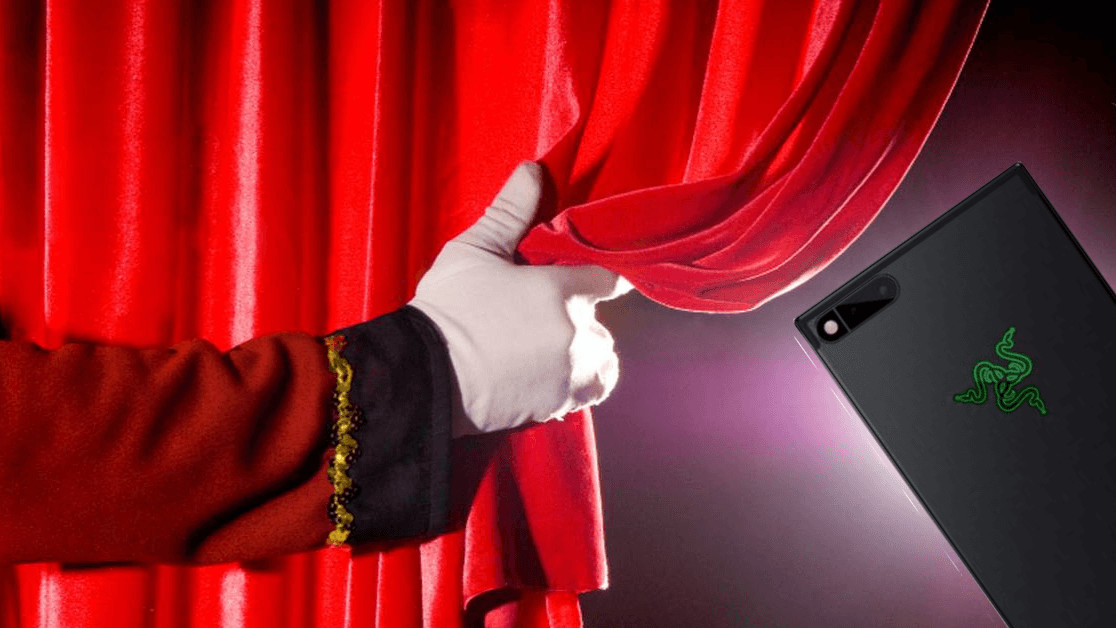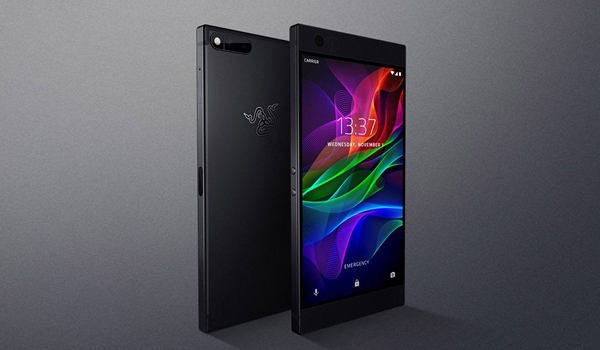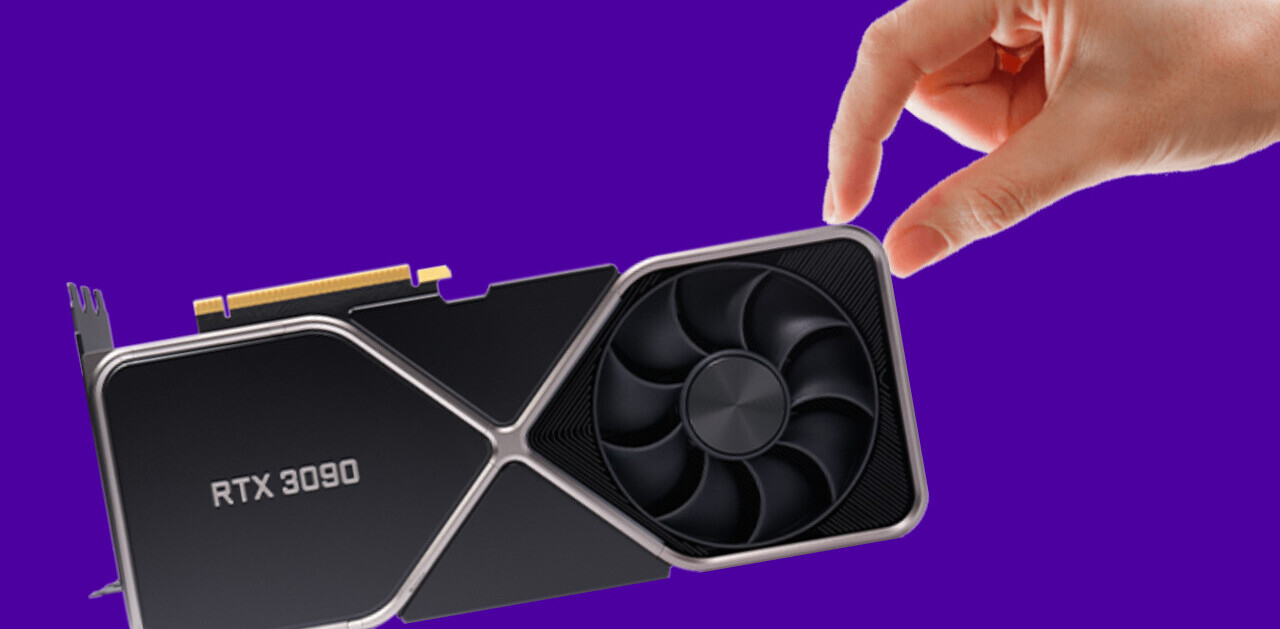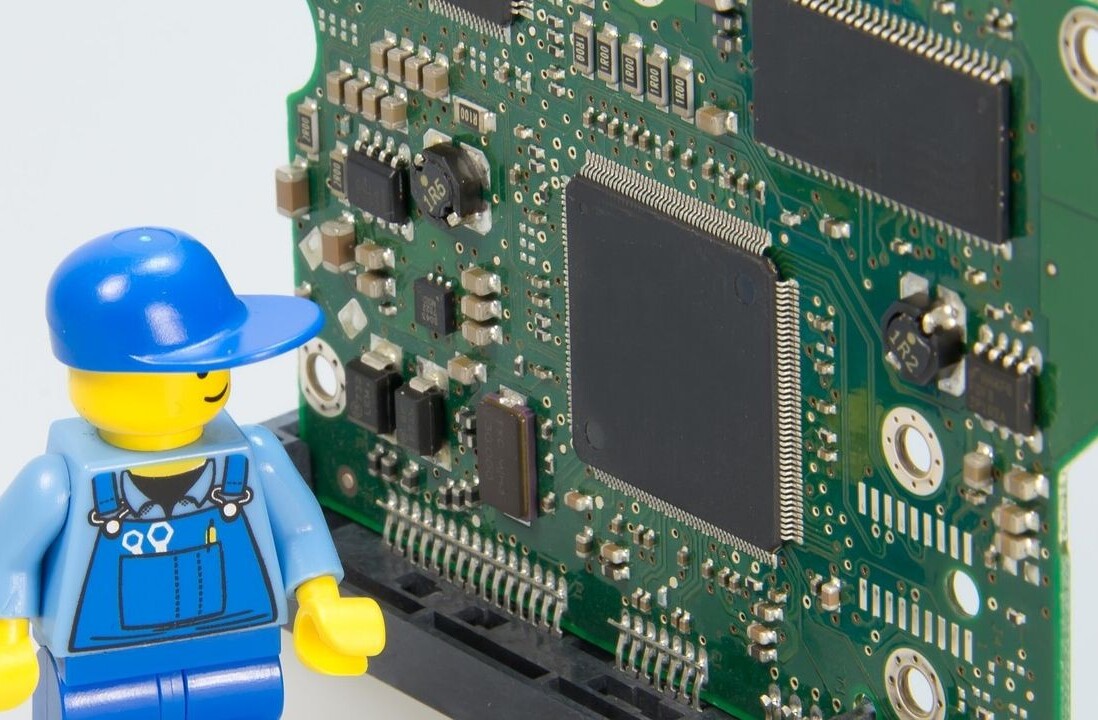
Gaming phones are a strange experiment in the mobile market. I can see them being either wildly successful or abject failures in the coming years. I guess this is why I’m simultaneously intrigued and puzzled by the announcement of the Razer Phone 2.
Razer, if you’re unaware, is a Singaporean company and one of the biggest gaming hardware brands around – making laptops, computers, and peripherals. But, last year, it dipped its toes in the phone market with (arguably) the first modern mobile device aimed at gamers, the Razer Phone.
(Side note: N-Gage lovers, please don’t @ me, I did say modern.)
The company revealed it was working on the follow-up – the Razer Phone 2 – in the strangest way it knew: through its earnings report. I think we can all agree it’s a bizarre manner to announce a flagship device bound to get column inches.
Filed under “Others” in the earnings report, what Razer wrote about it was also interesting:
The Group is very pleased with the success of its first generation Razer Phone, which was released in a limited run and has garnered very positive reviews internationally. Razer is now focusing its resources into the development of the second generation Razer Phone and accompanying software releases which will extend its software and services from PC into the mobile market.
Buckle up, there’s some stuff to unpack here.
The success of the original Razer Phone
In the earnings report, Razer state that the revenue in the “Others” category rose to $16.5 million – something “primarily due to the contribution of the Razer Phone sales.” Alongside this, it also claimed the launch of this device was a “limited run.”
Hmm.
Considering the Razer Phone retails for about $700, this suggests that the company only sold in the region of 23,000 units. To put that into perspective, Apple sold over 216,000,000 iPhones in the 2017 fiscal year. Putting “limited run” in the report definitely makes Razer’s sales figures seem less low, right?
Yes, I know this isn’t the fairest comparison, but it displays something important: there’s a hunger for smartphones that the Razer Phone has failed to capitalize on.

What the Razer Phone 2 might include
A part of the quote I did find intriguing was when Razer talked about extending “its software and services from PC into the mobile market.” There are currently no more specific details than this, but Razer does have a selection of software, including a wallet, cloud-syncing, and a, uh, payment thing that could work ported to its phones.
While this might not entice the casual fan into buying the Razer Phone 2, it does show the company is trying to find a way to shift its PC and laptop users to its phone. There might be some life in the device yet.
Hardware-wise, we don’t know anything for certain, but you can guarantee Razer will pump it with as much power as possible. We’ll find out what that actually entails in the coming months.
The future for gaming phones
It seems that despite a less-than-stellar public reception, companies are still keen to make gaming phones. Hell, I got to try out ASUS’ ROG Phone a few months ago, something that aims to do a similar thing as Razer’s device.
I think my main reservation is that mobiles are getting so powerful, I’m uncertain why someone would choose a gaming phone over a regular one. Yes, Fortnite‘s popular, but I’m not sure why someone would base their phone choice around that, especially if they have a PC or console at home.
ASUS approached this issue by releasing a load of accessories with its ROG Phone to make it feel more than just a mobile, an example I’d expect Razer to follow. I think I’d just buy a Nintendo Switch if on-the-go gaming was that important to me.
Despite my reservations, companies are investing in gaming phones for a reason – maybe we just can’t see it yet. But I kinda doubt it.
For more information about the upcoming Razer Phone 2 and other gaming mobiles, make sure you follow Plugged on Twitter.
Get the TNW newsletter
Get the most important tech news in your inbox each week.




